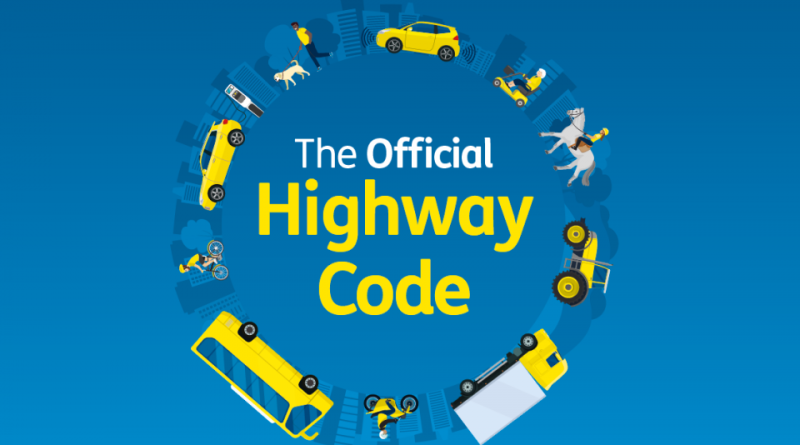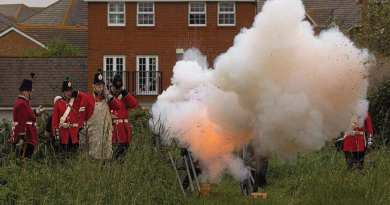Highway Code changes alert from Gosport Safety Partnership chair
By Chief Correspondent, Rob Thomas
The chair of Gosport Community Safety Partnership and the town’s MP are asking people to make sure they are aware of the changes to the Highway Code that come into force tomorrow – Saturday, January 29.
Councillor John Beavis told The Globe that, “these changes are aimed at giving greater safety to cyclist, pedestrians and horse riders.
“Drivers will have more responsibility to watch out for people cycling, walking or riding a horse – while cyclists will have more responsibility to be aware of pedestrians.
“Other key amendments include drivers turning into a road being required to give way to pedestrians waiting to cross.”
As reported in The Globe, Caroline Dinenage has welcomed the changes saying, “it’s important that these changes are widely publicised prior to them coming into effect. This will ensure that everyone can safely use the roads and adhere to the rules.”
The Department for Transport and the Driver and Vehicle Standards Agency state: “The hierarchy places those road users most at risk in theevent of a collision at the top of the hierarchy.”
‘responsibility for the safety of others’
But it emphasises the importance for all road users to be aware of The Highway Code, to be considerate to other road users, and to understand their responsibility for the safety of others.
In particular, the changes mean:
- when people are crossing or waiting to cross at a junction, other traffic should give way
- where there are shared spaces, people cycling, riding a horse or driving a horse-drawn vehicle should respect the safety of people walking in these spaces
- cyclists should ride in the centre of their lane on quiet roads, in slower-moving traffic and at the approach to junctions or road narrowings
- when overtaking, drivers and motorcyclists should leave at least 1.5 metres (5 feet) when overtaking people cycling at speeds of up to 30mph, and give them more space when overtaking at higher speeds and allow at least 2 metres (6.5 feet) of space and keep to a low speed when passing people walking in the road
- at junctions where special facilities do not exist, the code recommends cyclists should proceed as if they were driving a vehicle including positioning themselves in the centre of their chosen lane, in order to make themselves as visible as possible
- on roundabouts, drivers and motorcyclists should give priority to people cycling
- when getting out of a vehicle, drivers and passengers should open the door using their hand on the opposite side to the door they are opening – for example, using their left hand to open a door on their right-hand side to enable them to turn their head to look over their shoulder behind them and thereby reduce the risk of injury to cyclists, motorcyclists or people on the pavement.
In total, there are changes to 50 Highway Code rules.
Highway Code’s ‘musts’ and ‘shoulds’
The introduction to the Highway Code makes it clear which rules are legally enforceable with fines and even imprisonment.
It states: “Many of the rules in the Code are legal requirements, and if you disobey these rules you are committing a criminal offence. You may be fined, given penalty points on your licence or be disqualified from driving. In the most serious cases you may be sent to prison. Such rules are identified by the use of the words ‘MUST/MUST NOT’.”
However: “Although failure to comply with the other rules of the Code will not, in itself, cause a person to be prosecuted, The Highway Code may be used in evidence in any court proceedings under the Traffic Acts (see The road user and the law) to establish liability. This includes rules which use advisory wording such as ‘should/should not’ or ‘do/do not’”.
Image (top): Highway Code. UK Government




